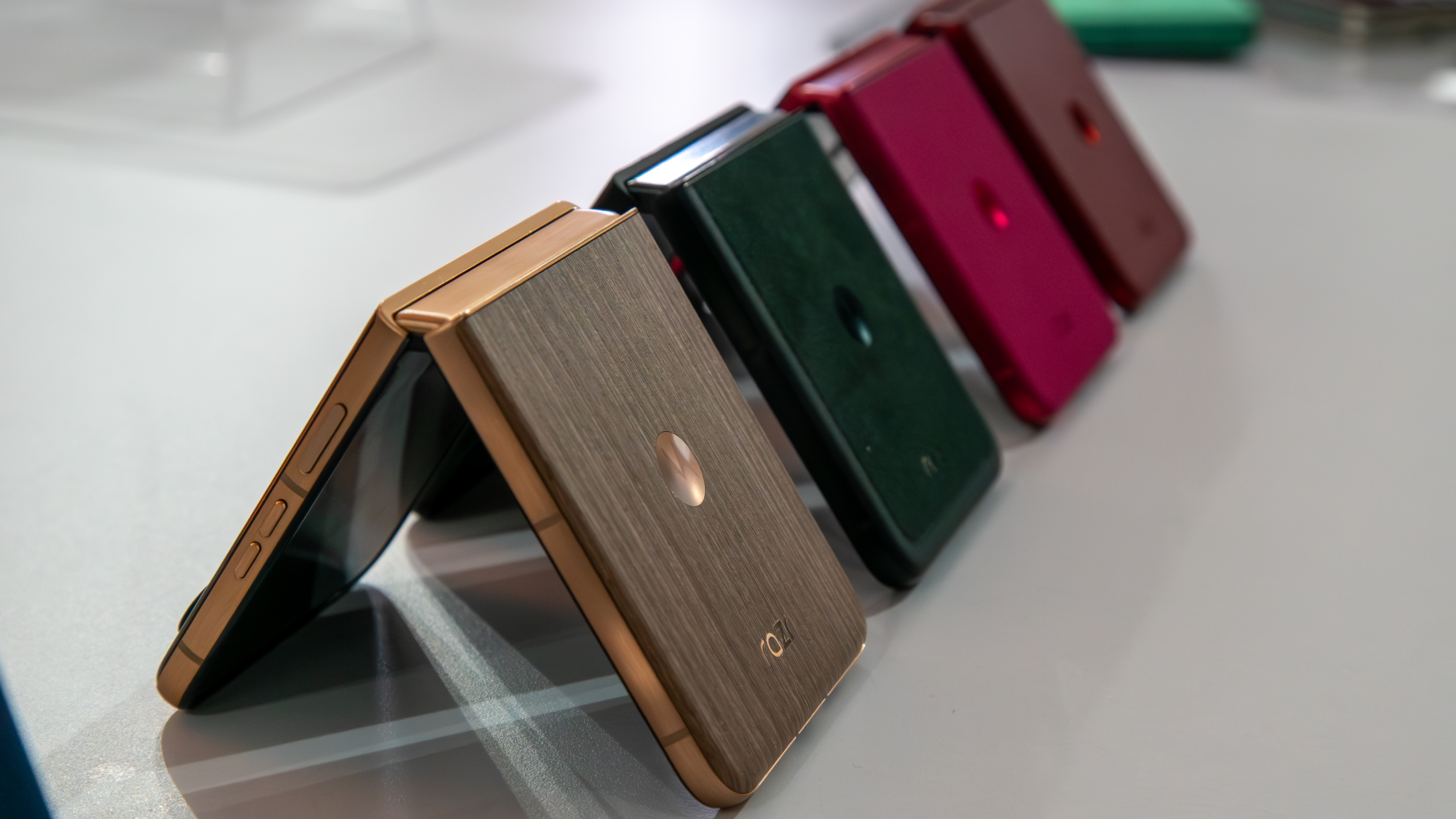Moto G Power (2020) vs. Moto G Stylus (2020): Which should you buy?
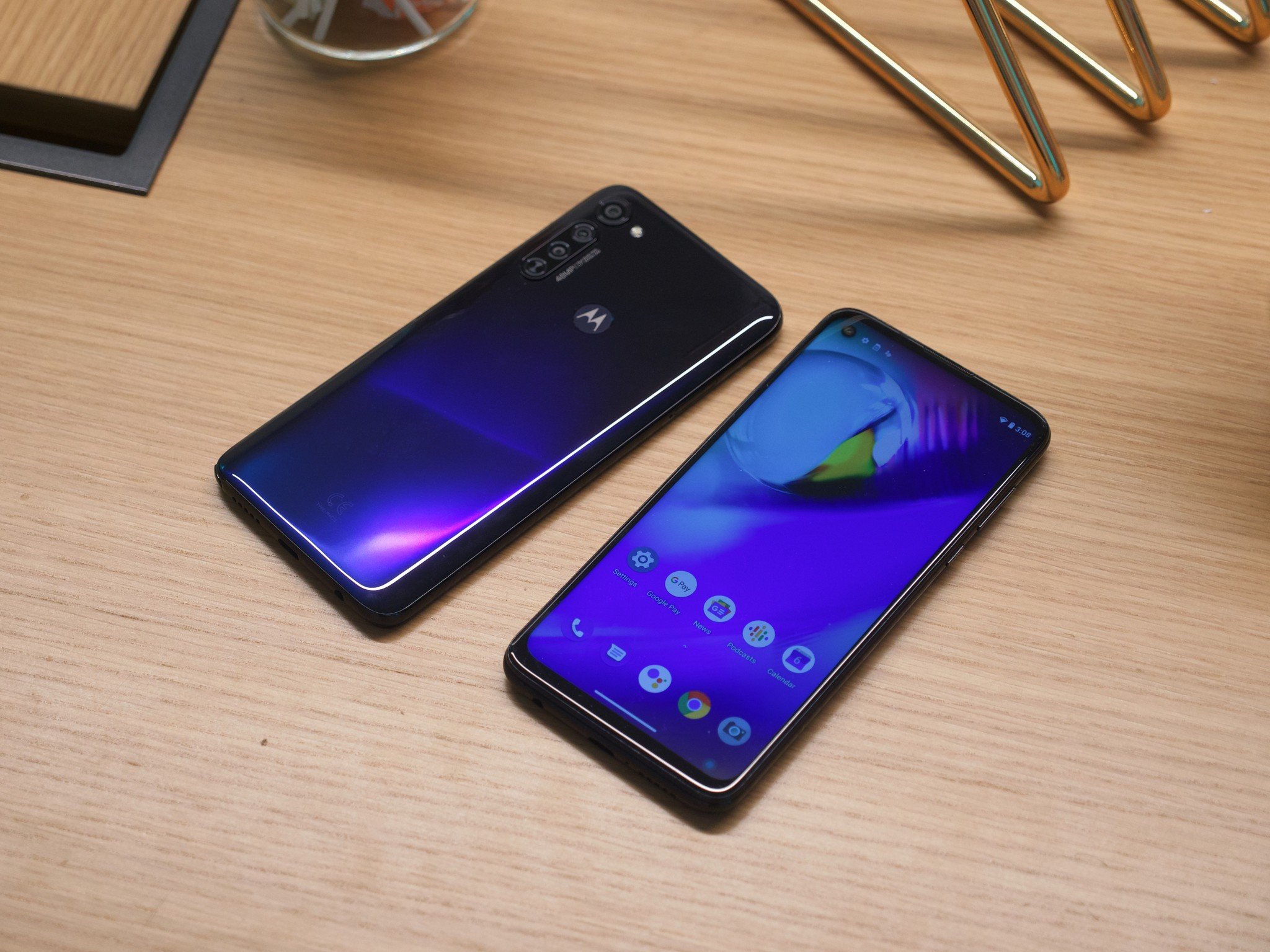
Moto G Power (2020)
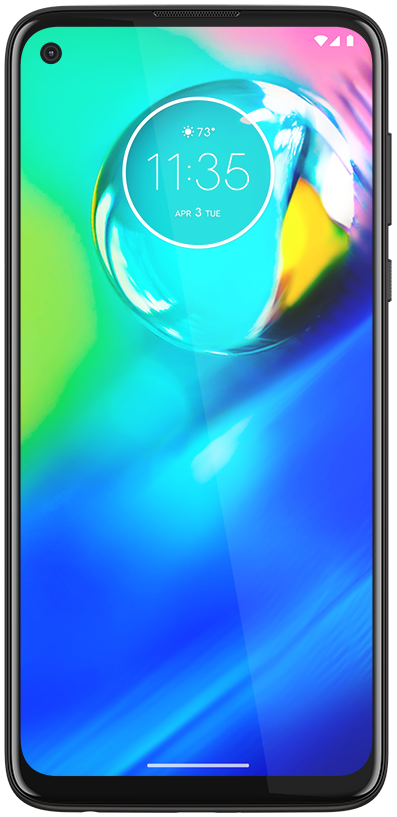
Even though it isn't the "flagship" Moto G, we think the Moto G Power (2020) is the better of the two phones for most people. A vast majority of the specs are identical across the board, with the G Power (2020) getting the same display, processor, and RAM as the G Stylus (2020) for less money. It also benefits from a seriously massive 5,000 mAh battery and an ultra-wide camera that's potentially more useful than the Stylus's Action Cam.
Moto G Power (2020)
Best for most
Moto G Stylus (2020)
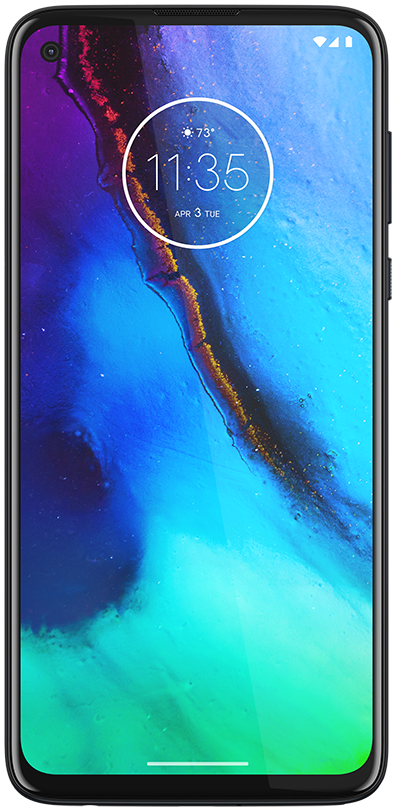
If you have a bit more cash to spend, it may be worth taking a look at the Moto G Stylus (2020). For your extra dollars, the G Stylus doubles the amount of internal storage you get, cranks up the primary camera from 16MP to 48MP, has an Action Cam that can record horizontal video while holding the phone vertically, and (of course) has a stylus. You need to decide if those upgrades are worth more money and less battery.
Moto G Stylus (2020)
Get creative
The Moto G Power (2020) does a fantastic job of delivering a no-frills Android experience with capable specs and features for the money. Being able to use the phone for three days without having to charge it up is as magical as it sounds, not to mention its refreshing price in a world of $1,000+ flagships. The Moto G Stylus (2020) has a lot of what makes the G Power great, but it decreases its battery size in favor of more storage, tweaked cameras, and the included stylus. You can't go wrong either way, but if you're trying to keep costs as low as possible, you're not missing out on much with the more affordable G Power.
Moto G Power (2020) vs. Moto G Stylus (2020) Price and availability
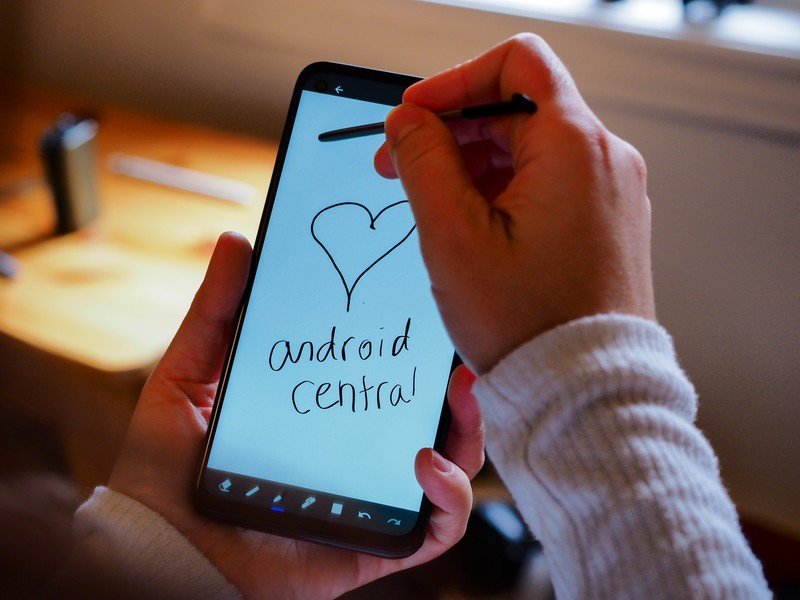
As their names imply, the Moto G Power (2020) and Moto G Stylus (2020) first came to market in April 2020. Both phones are still readily available for purchase from most retailers, and now that their successors have since come out, you can pick them up cheaper than ever.
The Moto G Power (2020) launched with a retail price of $250, but right now, it can be yours for $220. The Moto G Stylus (2020) used to retail for $300 but is now typically available for about $260.
Moto G Power (2020) vs. Moto G Stylus (2020) What the two phones have in common
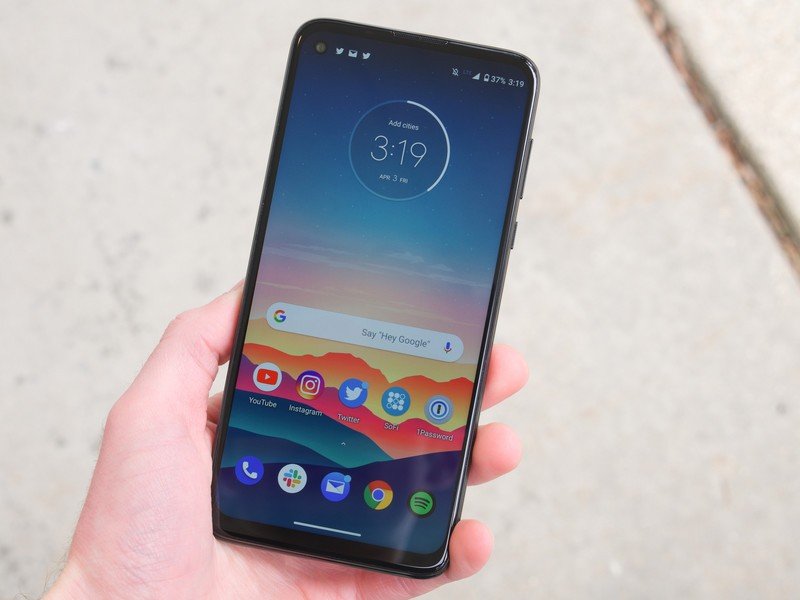
When making a comparison between the Moto G Power (2020) and Moto G Stylus (2020), we need to start with the phones' similarities before talking about how they're different from one another. Moto G phones always share some DNA with their generational siblings, but that point holds especially true for these devices.
Starting with the display, both the G Power and G Stylus are equipped with a 6.4-inch IPS panel with a resolution of 2300x1080. Performance is also the same across the board, with the G Power and G Stylus featuring Qualcomm's Snapdragon 665 chipset paired with 4GB of RAM. That's plenty of horsepower for most apps, Full HD video streaming, and even some gaming.
Be an expert in 5 minutes
Get the latest news from Android Central, your trusted companion in the world of Android
As for other similarities, both phones charge via USB-C, have a 3.5mm headphone jack, support expandable storage up to 512GB using a microSD card, and neither one has NFC for Google Pay.
| Header Cell - Column 0 | Moto G Power (2020) | Moto G Stylus (2020) |
|---|---|---|
| Operating System | Android 10 | Android 10 |
| Display | 6.4-inchIPS2300 x 1080 | 6.4-inchIPS2300 x 1080 |
| Processor | Qualcomm Snapdragon 665 | Qualcomm Snapdragon 665 |
| Memory | 4GB RAM | 4GB RAM |
| Storage | 64GB | 128GB |
| Expandable Storage | Up to 512GB | Up to 512GB |
| Rear Camera 1 | 16MP primary cameraf/1.71.12um | 48MP primary cameraf/1.71.6um |
| Rear Camera 2 | 2MP Macro Visionf/2.2 | 2MP Macro Visionf/2.2 |
| Rear Camera 3 | 8MP ultra-widef/2.21.12um118-degree field-of-view | 16MP Action Camf/2.22.0um117-degree field-of-view |
| Front Camera | 16MPf/2.01um | 16MPf/2.01um |
| Security | Rear fingerprint sensor | Rear fingerprint sensor |
| Connectivity | Wi-Fi 802.11 a/b/g/n/acBluetooth 5.0 | Wi-Fi 802.11 a/b/g/n/acBluetooth 5.0 |
| NFC | ❌ | ❌ |
| Ports | USB-C3.5mm headphone jack | USB-C3.5mm headphone jack |
| Audio | Dual stereo speakers with Dolby tuning | Dual stereo speakers with Dolby tuning |
| Battery | 5,000 mAh | 4,000 mAh |
| Water Resistance | Water-repellent | Water-repellent |
| Dimensions | 159.85 x 75.84 x 9.63mm | 158.55 x 75.8 x 9.2mm |
| Weight | 199g | 192g |
| Colors | Smoke Black | Mystic Indigo |
Moto G Power (2020) vs. Moto G Stylus (2020) Where things start to differ
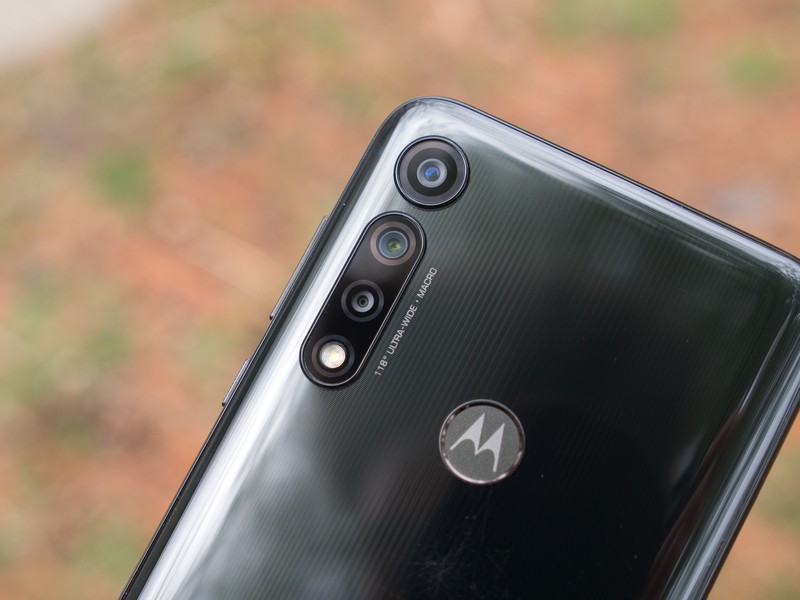
The Moto G Power (2020) and Moto G Stylus (2020) definitely have more in common than not, but that said, there are a few key areas where each phone shows its individuality.
Starting with the Power, the big draw to it is the 5,000 mAh battery. That's one of the largest batteries you'll find in a mainstream Android phone, and Motorola touts you can get up to three days of use on a single charge.
The lower price of the Power does rear its head with some specs, which, compared to the G Stylus, are a downgrade. The G Power only has 64GB of internal storage while the Stylus gets 128GB, and while you get a 16MP primary camera on the Power, the Stylus has a much sharper 48MP sensor.
Both phones have the same 2MP Macro Vision sensor for up-close macro shots, but the third sensor is completely different depending on which device you buy. Motorola equipped the G Power (2020) with a pretty typical 8MP ultra-wide camera, allowing you to take pictures and videos with a much wider 118-degree field-of-view. Comparatively, the Moto G Stylus (2020) omits a traditional ultra-wide sensor in favor of a 16MP Action Cam. The Action Cam is used exclusively for video, allowing you to hold the phone vertically and still be able to record horizontal video. It's an impressive feat and something that could come in handy for certain situations. Still, we'd argue that it's not as broadly useful as the G Power's ultra-wide camera that can be used for videos and still images.
Finally, there's the elephant in the room — the stylus that you get with the Moto G Stylus (2020). It's a fairly basic capacitive stylus and not an active stylus, meaning you won't get the pressure sensitivity or remote actions you'd find on the Galaxy Note 20. Even so, it still works well for taking handwritten notes, simple drawing/sketching, or general navigation of the UI. It is a fun addition to the phone, and it's nice to see Motorola trying something new to shake-up the G-series, but there's also an argument to be made that not everyone wants or cares about a stylus for their phone.
Moto G Power (2020) vs. Moto G Stylus (2020) How badly do you want a stylus?
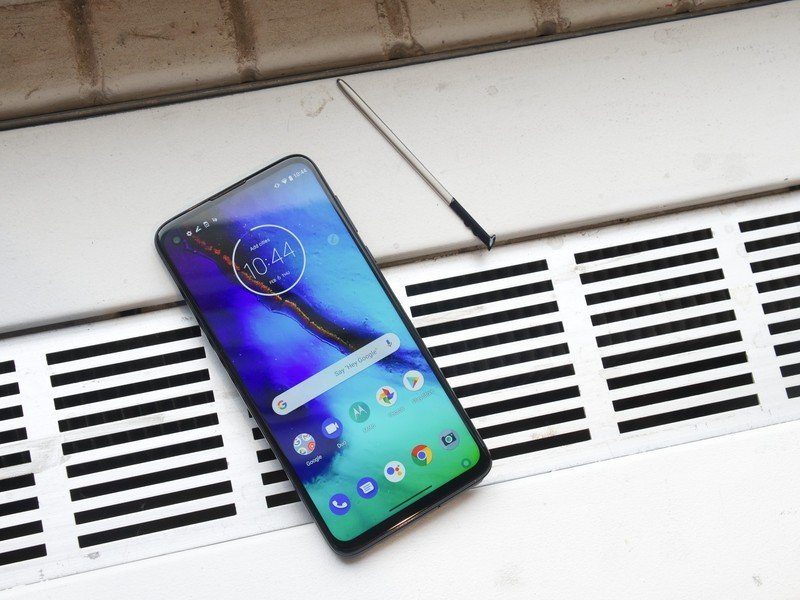
That's ultimately what this comparison comes down to. The extra storage and higher-res primary camera are excellent benefits of the Moto G Stylus (2020), but your extra money is going towards that stylus. If you love writing notes or drawing on your phone, this is the perfect budget alternative to the much more expensive Galaxy Note.
If that's not a feature you care about, however, it simply makes more sense to buy the Moto G Power (2020). It's identical to the G Stylus in a lot of ways, but you also get that 5,000 mAh battery for up to three-day battery life and a considerably lower price. Even a year after its release, the Moto G Power (2020) is still one of our picks for the best cheap Android phones available right now.

Keep going and going and going
The Moto G Power (2020) does a fantastic job at continuing the G-series legacy of offering high-quality Android experiences at low prices. The phone looks good, has capable specs across the board, and gives you a clean build of Android 10 with thoughtful optimizations. The real star of the show is the 5,000 mAh battery, making it possible to use the G Power for three days on a single charge.

A phone to take note of
Looking at the Moto G Stylus (2020), it shares a lot of DNA with the Power. It has the same display, processor, RAM, ports, etc. For a few dollars more, however, the G Stylus throws in extra internal storage, a higher-resolution primary camera, an Action Cam that could be useful for content creators, and the stylus that can be used for taking notes, drawing, etc.
Joe Maring was a Senior Editor for Android Central between 2017 and 2021. You can reach him on Twitter at @JoeMaring1.

